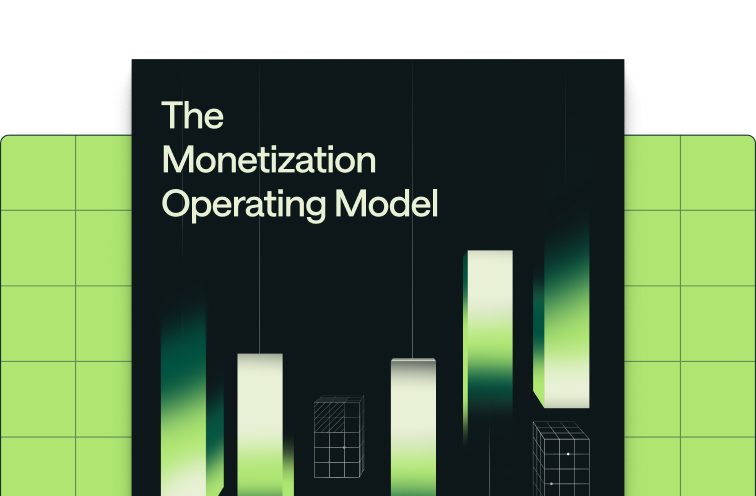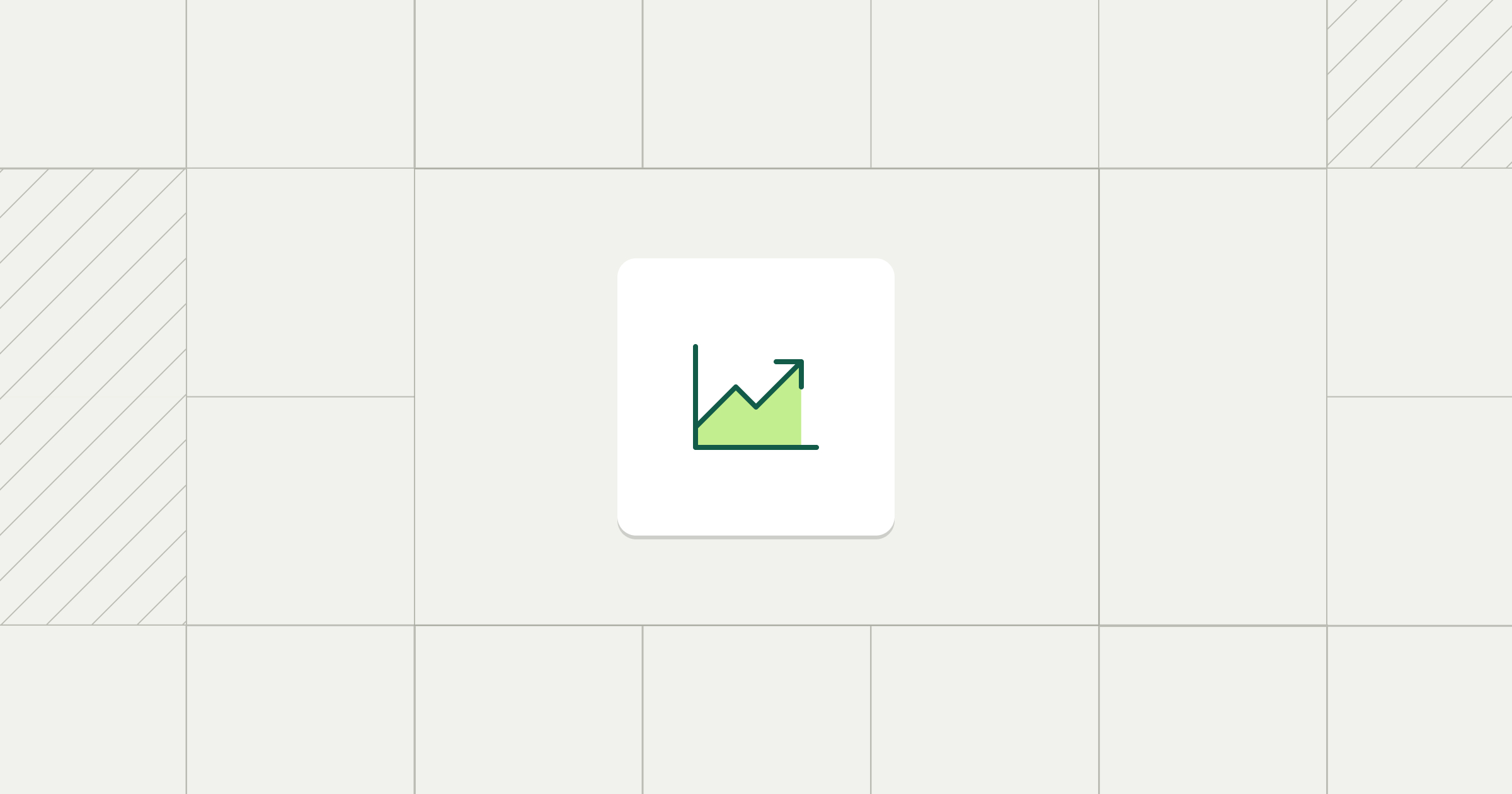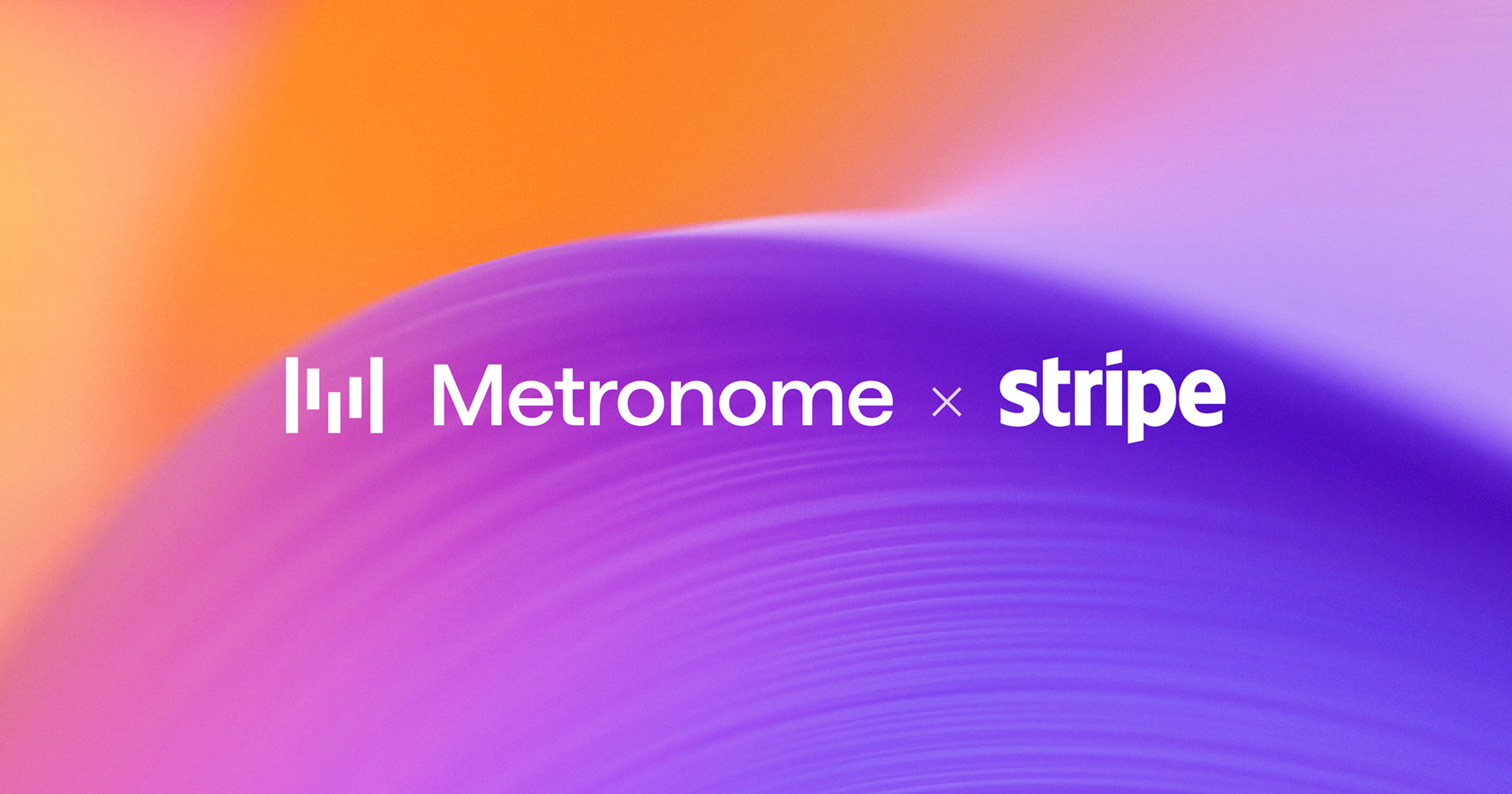Share
One of the biggest challenges of adopting a usage-based pricing model is ensuring usage, pricing, and revenue data is up-to-date and accessible to both your customers and internal teams.
Customers need visibility into product usage to understand costs and manage spend, and internal teams need this data to understand product adoption, run financial reporting and analysis, and drive upsell or cross-sell conversations.
Our philosophy has always been that a source of truth is only useful if folks can quickly access and act on the data–whether that’s through the API, UI, or our many integrations.
Today, we're excited to announce an additional way to unify your data: Data Export. Our Data Export capability allows you to automatically sync Metronome data into your data warehouse. You can now easily connect your data from Metronome and other sources in your preferred environment. Stakeholders across your organization, such as Engineering, Product, Marketing, and Finance, can access usage, invoice, and customer data. We're proud to share that we're already exporting billions of rows a month to support critical business and technical use cases for our customers.
Why did we build Data Export?
We’ve heard time and again from our customers that one of the biggest benefits of Metronome is the amount of engineering time we’ve saved–freeing up engineers to innovate on their core product and enabling internal teams to make pricing and packaging changes on their own. We’re constantly investing in ways to reduce engineering lift for our customers and realized a key area that would provide significant value to our customers was pushing Metronome data to your data warehouse.
Customers power numerous applications on top of our API and frontend and while this serves developer needs, it’s less accessible for non-technical teams. With this in mind, we set out to solve two challenges:
- Access: Not all teams who use Metronome data are technical or have the security permissions to access our APIs. How do we make it easy for them to get the relevant data they need?
- Bulk data availability: Our APIs and frontend are great at delivering real-time data and information, but can prove to be challenging for use cases where millions or billions of objects need to be exported. How do we make our data available in a scalable and efficient way?
Data export solves these two problems primarily by sending the data, in bulk, directly to your data warehouse. This enables stakeholders, like Finance and Operations, to access the data they need using BI tools they are already familiar with. Big workloads? Not a problem since most of our supported destinations are horizontally scalable out of the box. With these two challenges solved, we’ve unlocked access to valuable data that teams can build on top of and take action on.
What can I do with Data Export?
Data Export democratizes access to critical business data, allowing the right teams to quickly access the up-to-date data they need to uncover insights and drive decisions. Easily create custom dashboards with your analytics tool-of-choice, such as Tableau, Looker, or Mode.
Common use cases include:
- Customer insights—track product adoption, drive upsells and renewals, and see which customers are hitting usage, spend, or plan thresholds.
- Revenue insights—perform margin analysis, analyze revenue by customer, product, metric, time period, and more.
- Financial forecasting—build accurate forecasts by using up-to-date usage and revenue data.
- Revenue recognition—track credit burndown on credit grants.
- Data enrichment—connect usage, pricing, and revenue with other data in your data warehouse.
- Event source of truth–see all event data managed by Metronome in your data warehouse.
Data exported includes: Draft and finalized invoice data, credit grants, alerts, raw events, customers, and plans. See our docs for the full list of data synced.

How does Data Export work?
Exporting data from Metronome is a simple process requiring a one-time setup of your data destination through the Metronome app. After the initial export, your data is updated automatically once a day.
Data Export supports the most common data warehouses, databases, and object storage providers, including:
- BigQuery
- Snowflake
- Athena
- MySQL
- Postgres
- Google Cloud Storage
- S3
Get started
We believe the modern data stack takes a data warehouse-first approach and are excited for Data Export to unify your revenue source of truth with all your data. See our docs for more information and contact us to learn more.











